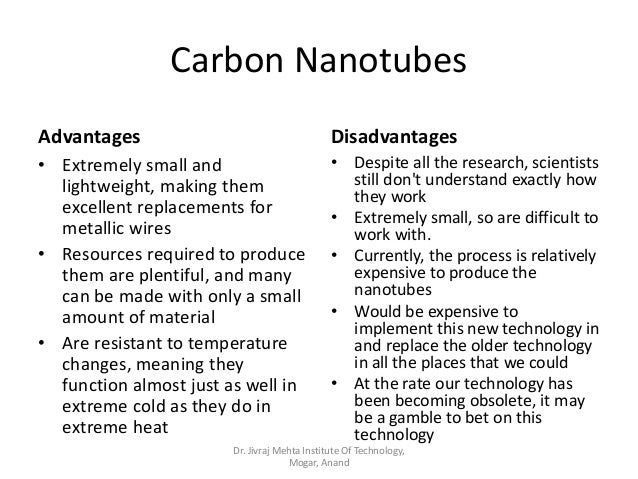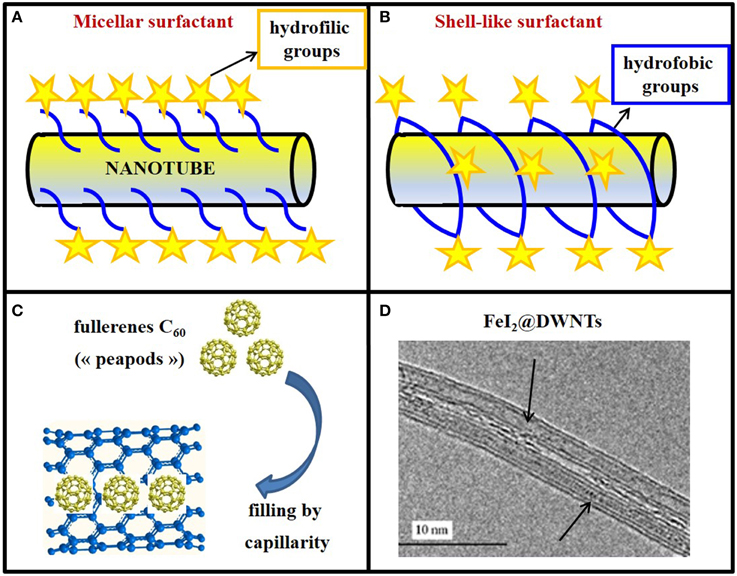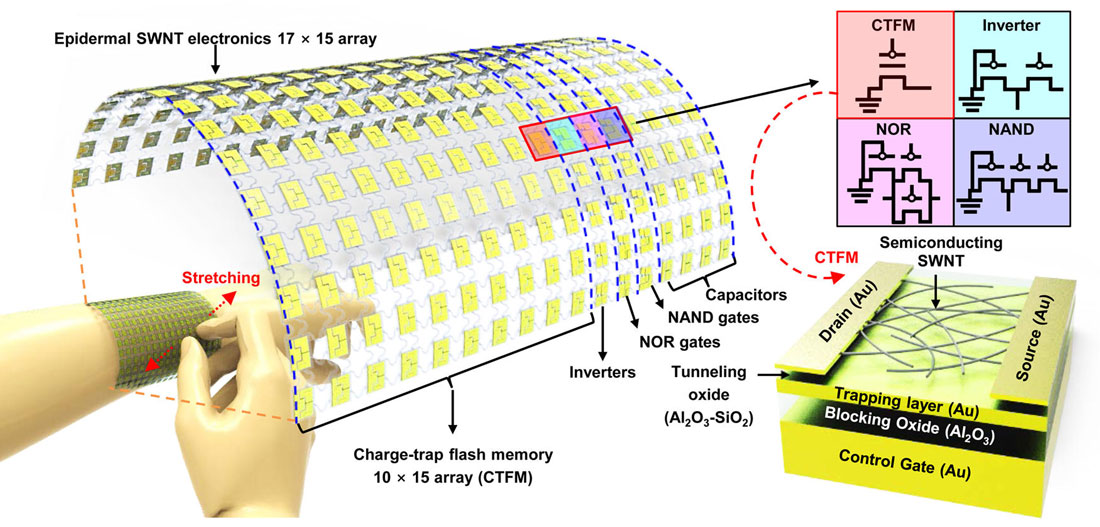


Additionally, metal oxide nanoparticles, such as manganese oxide and cobalt oxide, have demonstrated superior catalytic activity compared to their bulk counterparts.Īnother area where nanotechnology has had a significant impact is in the design of electrode materials.

Their high surface area and excellent electrical conductivity make them ideal candidates for improving the efficiency of lithium-air batteries. For example, carbon-based nanomaterials, such as carbon nanotubes and graphene, have shown great potential as catalysts for the ORR and OER. Nanomaterials, on the other hand, offer unique properties that can enhance the performance of these catalysts.īy manipulating the size, shape, and composition of nanomaterials, researchers have been able to enhance their catalytic activity and stability. Traditional catalysts, such as platinum, suffer from low efficiency and high cost. These reactions are crucial for the operation of lithium-air batteries, as they involve the conversion of oxygen and lithium ions into lithium peroxide during discharge and the reverse reaction during charge. One of the key areas where nanotechnology has made significant contributions is in the development of catalysts for the oxygen reduction reaction (ORR) and oxygen evolution reaction (OER). The integration of nanotechnology into the design and fabrication of lithium-air batteries has opened up new possibilities for overcoming these obstacles. However, their practical implementation has been hindered by several challenges, including limited cycle life and low efficiency. Lithium-air batteries have long been considered a promising technology for energy storage due to their high energy density. Nanotechnology has emerged as a game-changer in various fields, and its impact on lithium-air battery performance is no exception. Nanotechnology and its Impact on Lithium-Air Battery Performance


 0 kommentar(er)
0 kommentar(er)
